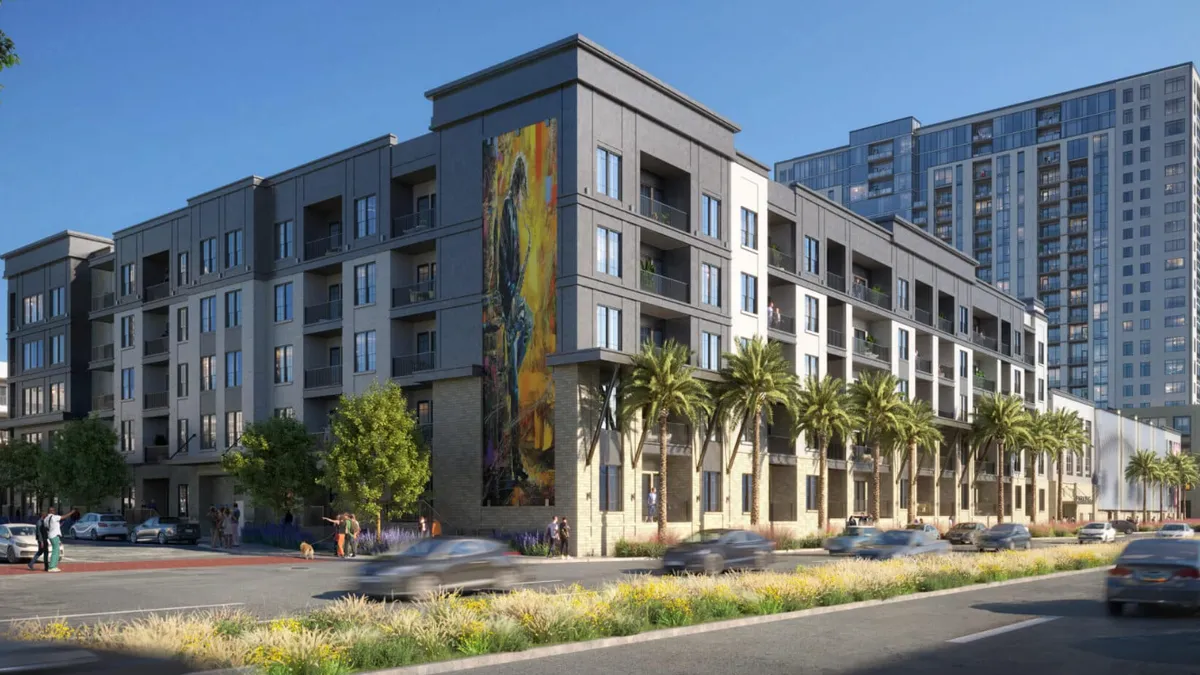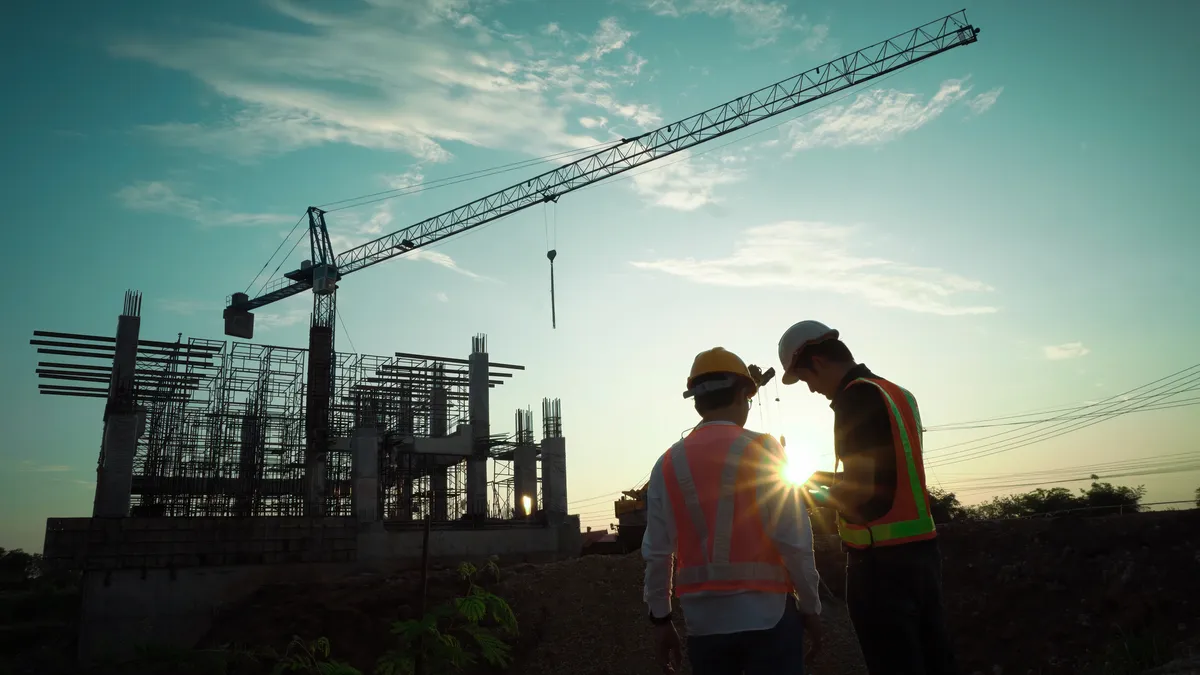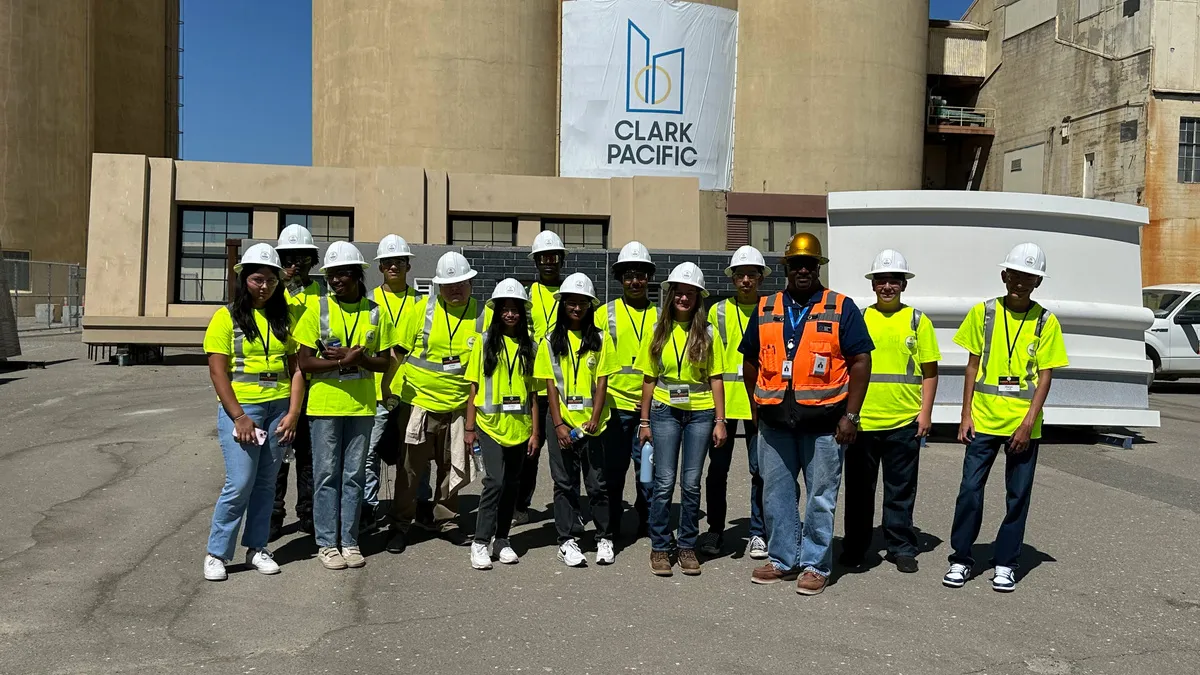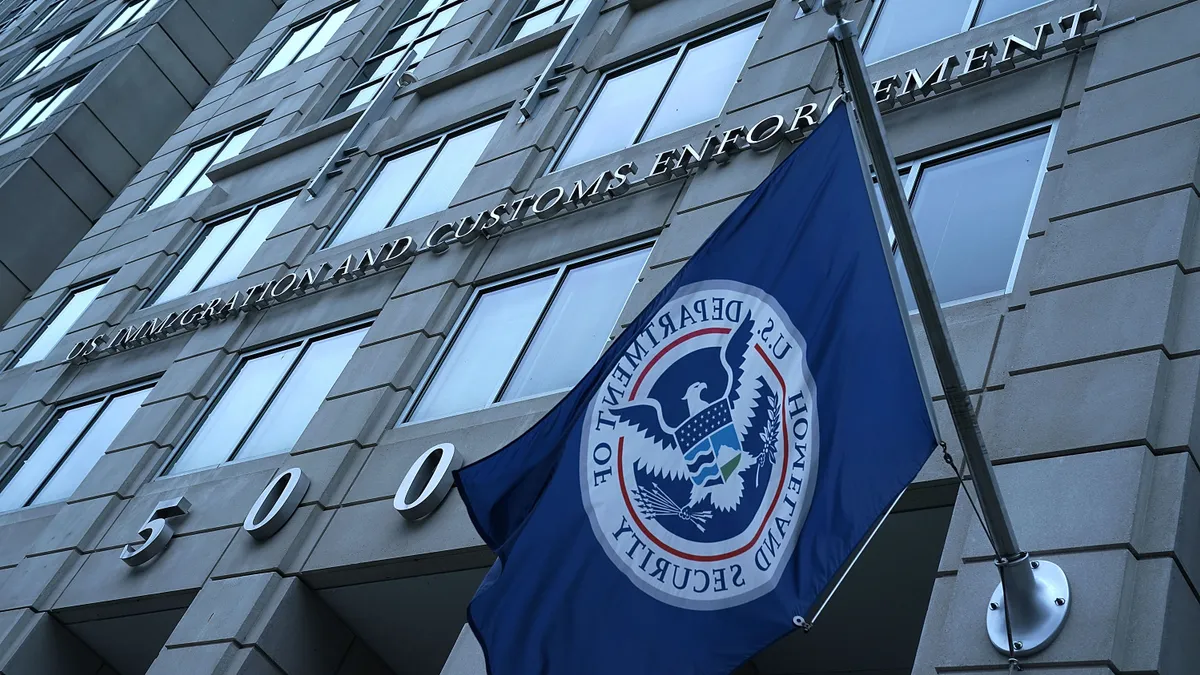Some of Construction Inclusion Week focused on race, gender and sexual orientation. Some of it focused on jobsite culture and a zero tolerance policy toward hate. And other parts focused on leveling the playing field and bringing in underrepresented firms to construction contracts.
But ultimately, the event was about how to be better human beings to one another at work, while promoting a kinder attitude between workers on jobsites.
"It's really about taking into account what somebody else is saying to you," said Nick Freshour, a construction superintendent for Redwood City, California-based DPR Construction. "You're not just giving lip service to it. You're really paying attention and trying to understand where they're coming from."
His comments came during a roundtable session about what inclusion means, inside the jobsite trailer at DPR's 250,000-square foot Wolfson Children’s Hospital Critical Care and Baptist Arrival Tower project in Jacksonville, Florida.
It was one of thousands events at jobsites across the country for the inaugural CIW, which was spearheaded by construction stalwarts DPR, Turner, Gilbane, Clark, Mortenson and McCarthy to promote equity, diversity and inclusion in the industry. More than 1,100 other construction companies took part alongside them.
Making inclusion and respect part of the job
Panel discussions, toolbox talks and site-wide inclusion stand downs, such as Turner's pre-dawn session at the University of Texas Arlington School of Social Work & Smart Hospital Building project (pictured above), focused on leadership accountability, unconscious bias, supplier diversity, jobsite culture and community engagement.
The effort was aimed at cleaning up construction's rough-and-tumble — and too often, hateful — image in order to bring a wider range of workers into the field, and thereby grow the shrinking labor pool that has plagued the industry for decades.
At another jobsite on the other side of the country, Jason Martin, vice president at Clark who oversees the firm's 566,895-square-foot Sacramento, California, Courthouse project over the I-5 freeway, kicked the week off Monday morning with breakfast burritos and coffee for the crew, and a discussion about leadership and a commitment to inclusion.
By Thursday, that conversation had evolved into a frank discussion about zero tolerance for harassment, disrespect and bullying onsite, reflecting signage on the job touting respect for all, complete with a hotline number for reporting harassment.
"We really tried to stress taking pride in what you do, and focusing on respect and calling things out that need to be dealt with," Martin told Construction Dive. "Whether it's a safety issue, or people being made to feel uncomfortable, we're focused on a jobsite that's clean, well organized and safe at all times, so people can be the most successful version of themselves."
Inclusion = safety
The industry's focus on safety over the last two decades has been successful in reducing jobsite accidents. CIW leaders have drawn parallels between moving the needle on safety, and making a measurable impact on diversity and inclusion in the industry.
But one leader during the week took the analogy a step further, arguing that safety and inclusion constitute one and the same issue.
"Safety starts with being present and thinking about your actions," said George Pfeffer, DPR's president and management committee chair, during an internal company webinar last week. "The last thing you want is distractions. But one of the major distractions is if you don't feel mentally safe."
Pfeffer noted that construction work is hard enough without having to put up a front and hide who you truly are.
"Everyone has to have a foundation of feeling mentally safe," Pfeffer said. "I shouldn't have to have a whole second job of faking who I am, or trying to make myself something that I'm not."
Unconscious bias
A Tuesday panel on unconscious bias presented by the Associated Builders and Contractors pointed out ways people may exclude or limit others, without being consciously aware they're doing so. An example: a statistic about women who weigh more getting paid less.
"As a woman's weight goes up, her earnings go down," said Tia Perry, ABC's director of inclusion, diversity and equity. "With every 1% increase in body mass, pay decreases by 0.5%. So does a woman's weight have anything to do with how well she performs? Absolutely not. But women who do not fit the standard of what a woman 'should' look like get fewer opportunities."
Other events during the week spoke to other uncomfortable issues at work.
"You want the best talent, no matter what race, religion or sexual orientation they may have," said Brad Lewis, corporate director of supplier diversity at Greeley, Colorado-based Hensel Phelps during another ABC panel discussion on leadership accountability. "You want to make sure they want to become part of your organization."
During a Wednesday panel discussion focused on supplier diversity in the Philadelphia market sponsored by Turner and Gilbane, speakers tackled the issues and hurdles that often keep underrepresented firms off bid sheets, or without the capabilities to submit for new jobs at all.
A matter of cash flow
Pat LaRoche, president and owner of Philadelphia-based Cameron & Associates 8, a general contractor and professional services firm specializing in diversity, equity and inclusion strategies, spoke to how systemic structures within construction can act to bar smaller, more diverse firms from getting a seat at the project table.
"There are just an enormous amount of hurdles for [underrepresented business enterprises]," LaRoche said. "But really, they all boil down to two words: cash flow."
She explained how smaller, diverse firms are often brought onto projects as an afterthought to fulfill diversity goals but aren't included in the planning stages, and also need to compete against larger, more established diverse firms, creating a vicious cycle for those at the bottom.
"Year over year, I see the same people getting the same types of contracts," LaRoche said. "So when other UBEs don't get those contracts, what does that do? It's having a negative impact on their cash and cash flow."
The hurdles for those firms also come down to payment terms, especially when they stretch out over months.
"We all know that beautiful clause that's written into everybody's contract that says, 'Pay when paid,'" LaRoche said, describing the common practice of GCs only paying subs once they've been paid themselves. "Well, if you're a minority firm and you're already starting from behind, and you have to wait for your money to come, that affects cash flow. And that affects their bonding, their purchasing power, their ability to hire other people, to expand their technology and build a stronger infrastructure inside their company."
Taken together, that all adds up to underrepresented firms not even prequalifying to bid on projects in the first place.
"If they don't have a positive cash flow, they're going to be viewed as risky and not get the opportunities," LaRoche said. "The biggest hurdle is us being able to address their opportunities to get more contracts, and to be able to deal with cash flow."
One solution that would help, LaRoche said, is to offer training sessions around common industry platforms, such as BuildingConnected bidding software, and providing a roadmap for underrepresented firm to participate right from the start in the bidding process.
"Everybody could do that immediately," LaRoche said.
Diversity's chicken-and-egg challenge
The challenges LaRoche highlighted pointed to a broader theme that emerged from various sessions during Construction Inclusion Week: the chicken-and-egg challenge of bringing more diverse workers into the industry, when so many workers already in the industry are White and male.
"When you have minorities who want to join your organization, they want to see other minorities in your organization," said Hensel Phelps' Lewis. "It's important to demonstrate an acceptance and inclusivity for all that talent."
But that means intentionally bringing more diverse workers inside companies to start, an effort Pfeffer said DPR has been focused on for the last several years, even though it has met challenges doing so with its final hires.
The pool of candidates the company makes offers to today is "way more diverse than they ever have been in the past," Pfeffer said. "It's part of the conversation every time. It's part of the discussion. And we challenge the heck out of ourselves all the time."
Not just a week-long issue
Perhaps the most common theme of all events throughout the week was to point out that the efforts don't stop at the end of five days.
"This is a start," Pfeffer said. "It's not a one-time thing. This is an ability for us throughout the year, for every job, every month, every weekday, there's an opportunity for us to think about this and talk about this. It's an exciting time in our industry."



















